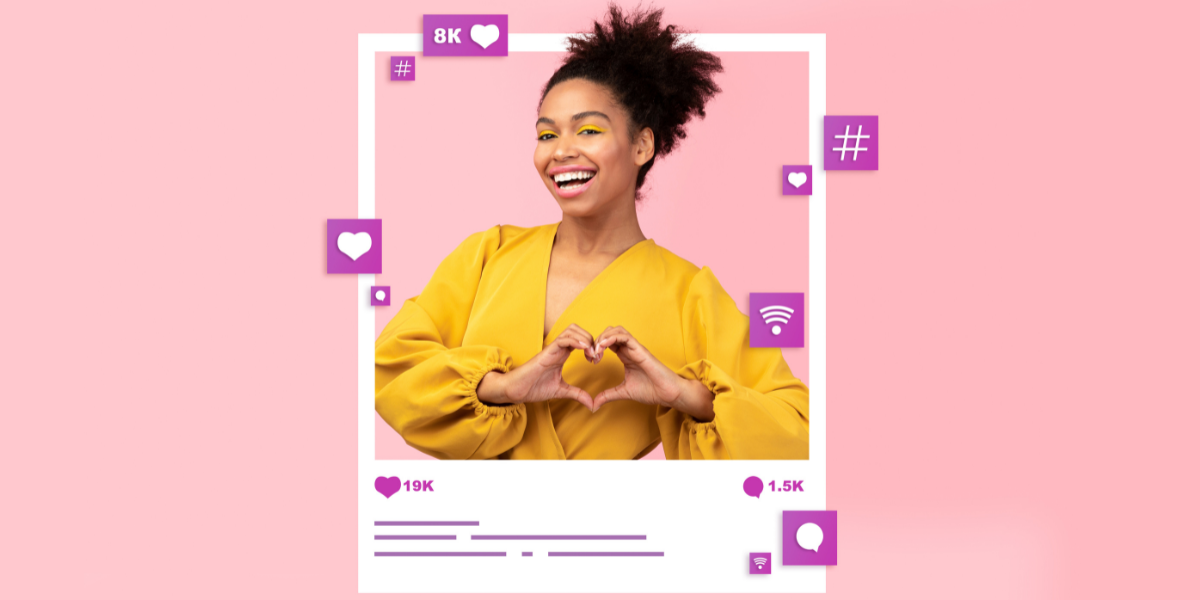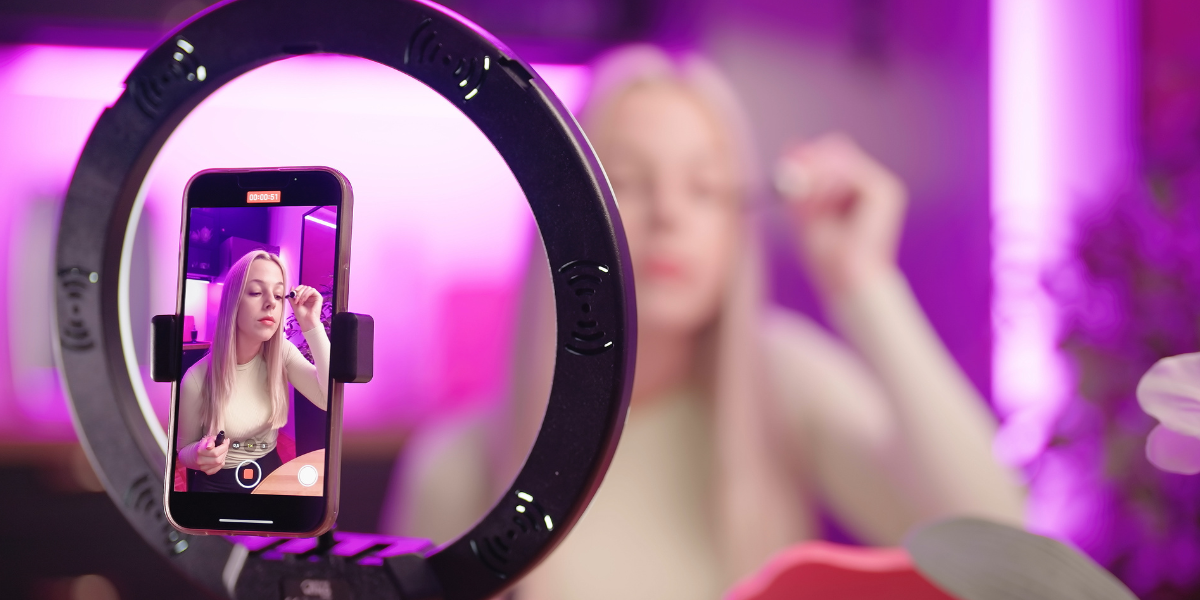Why influencer marketing ROI is about more than just sales
While revenue and sales are important, influencer marketing ROI is about more than just the numbers. Influencer collaborations can provide value beyond direct sales, including:
- Building brand awareness: influencer marketing exposes your brand to new audiences and increases brand visibility. Even if followers don’t make an immediate purchase, they become aware of your brand, making them more likely to buy from you in the future.
- Improving brand sentiment: influencers share authentic opinions about your brand with their followers. Positive endorsements from influencers can significantly improve consumer perception and sentiment towards your brand.
- Generating earned media value (activity you don’t pay for): the posts, stories and mentions generated by an influencer’s followers have a media value. This can be calculated and factored into your overall influencer marketing ROI.
What metrics should you track for influencer campaigns?
Once you’ve decided on your SMART targets and have your campaign aims in mind, then it’s time to drill down on what metrics are going to show your campaign’s ROI.
Here are a few metrics to keep an eye on:
- Likes and video views help you identify your top performing content.
- Interactions such as comments, saves and pins demonstrate deeper engagement with your audience.
- Brand mentions can be tracked by social listening software such as Traackr and Brandwatch.
- Click-throughs drive traffic to your website or chosen landing page destination, boosting ecommerce sales or bookings for hotels and restaurants, for example.
- Shares highlight brand engagement and referrals.
- Audience growth shows how your reach is increasing.
- Direct purchases can increasingly be made on social media platforms, bypassing your ecommerce website and giving you direct conversions for your campaign.
Set expectations with your wider team
The ROI you can achieve from influencer marketing depends on several factors, including:
- Campaign objective: awareness campaigns typically see lower direct sales but higher earned media value, while promo code campaigns usually drive more direct sales. Set ROI expectations based on your primary campaign goal.
- Short-term vs long-term results: don’t expect to generate massive returns from a single influencer post. Influencer marketing works best as an ongoing strategy.
- Influencer type and audience: ROI will vary based on the influencer you work with and their follower demographics. For example, a micro-influencer with a highly engaged, niche audience may generate a higher sales ROI than a celebrity influencer with a larger but less-targeted following (who would be ideal for a brand awareness campaign).
The key is to set reasonable ROI expectations based on these factors before launching an influencer campaign. While massive returns are possible, aim for steady, incremental growth in your ROI over time as you optimise your efforts and build ongoing relationships with influencers.
Capture influencer’s potential
Influencer marketing has the potential to generate a substantial ROI for brands when executed strategically. By providing influencers with trackable links and promo codes to share, you can directly measure the revenue and sales generated from campaigns. However, the returns from influencer marketing go beyond just the numbers. Influencer collaborations are an opportunity to raise brand awareness, improve consumer sentiment, and gain valuable earned media.
This ROI article was created from our ebook ‘Influencer Kits: thinking outside the box’. To delve deeper into creating the perfect influencer box, download the guide here.


